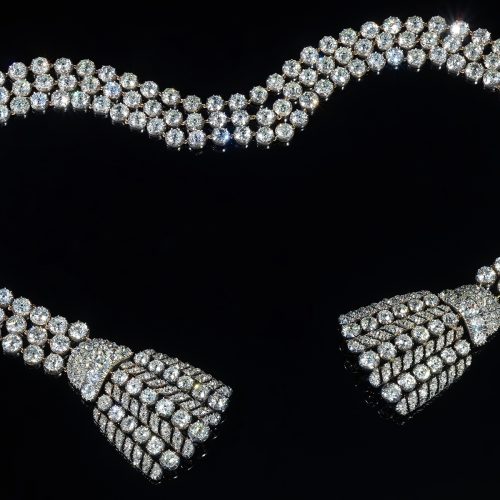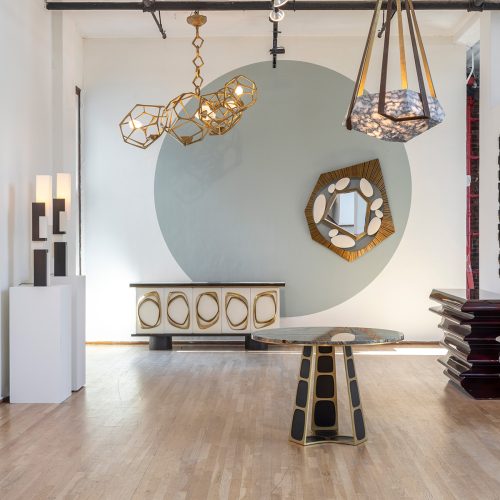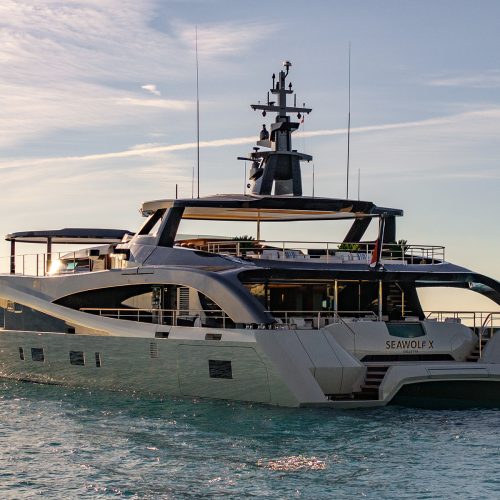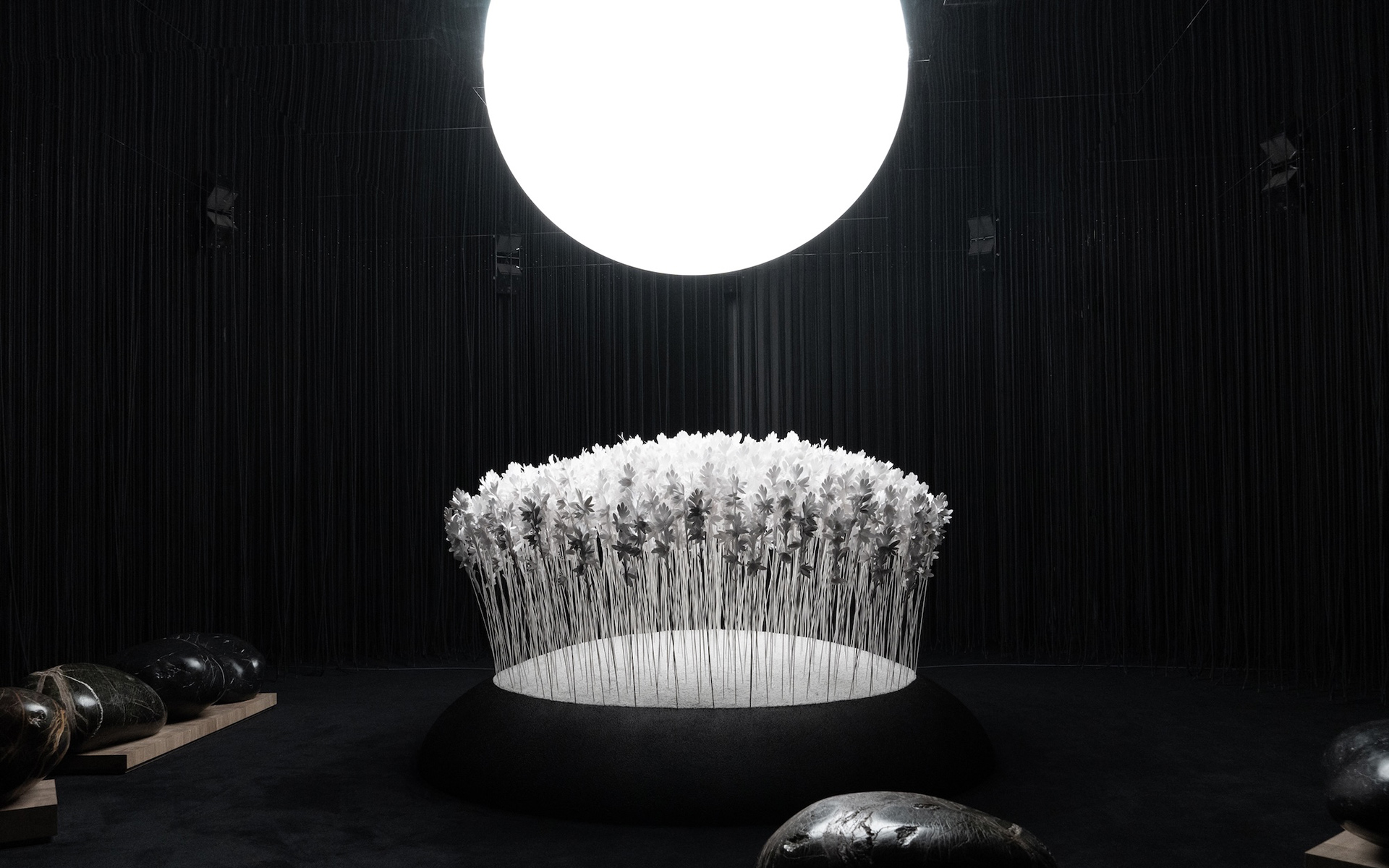

Marc-Antoine Barrois Enters the Design World with a Star-Powered Milan Debut
The French couturier and perfumer teams up with designer Antoine Bouillot on Mission Aldebaran, an immersive installation uniting scent, sculpture, and celestial bodies
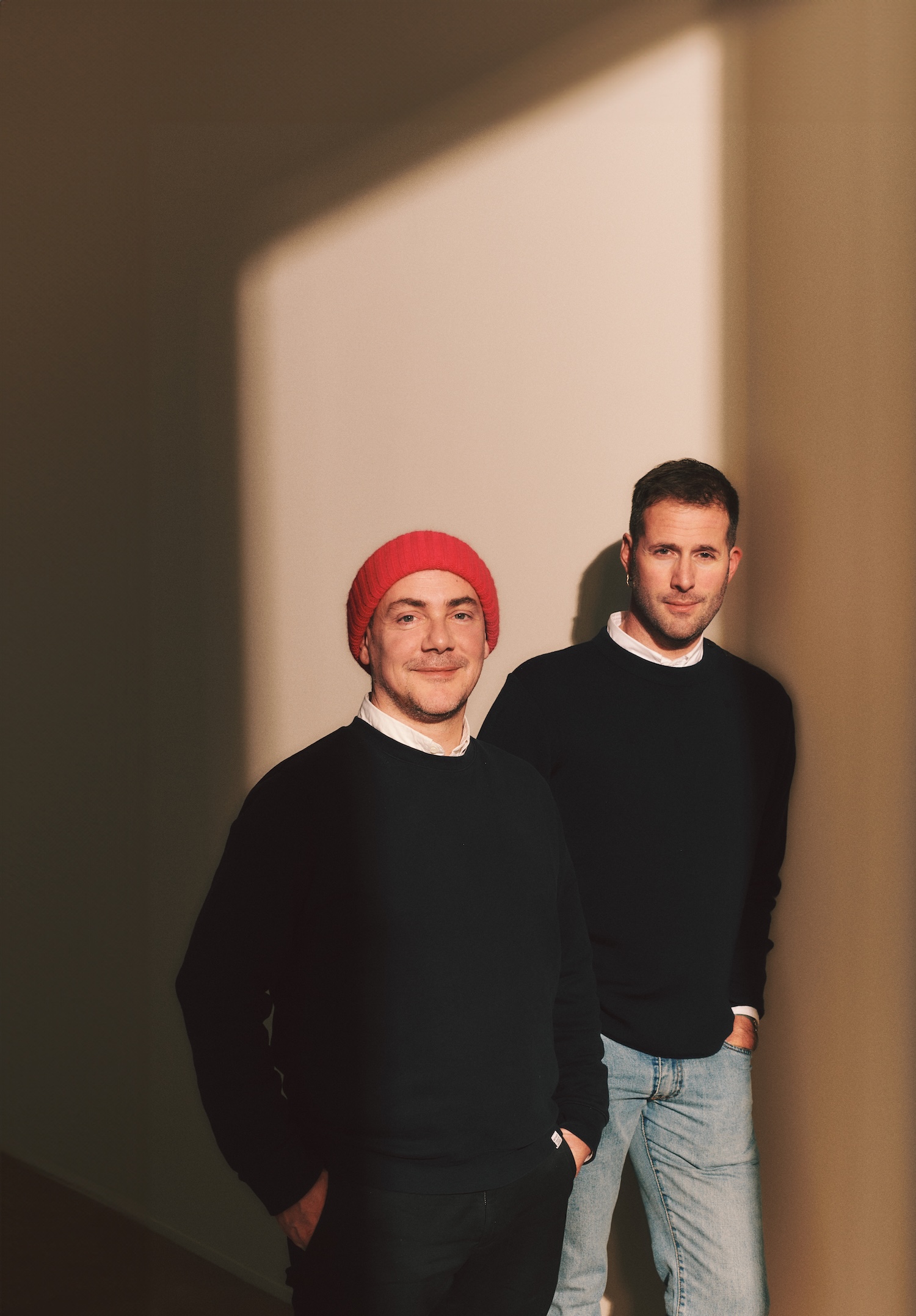
Antoine Bouillot and Marc-Antoin Barrois. Photo: Olivier Yoan
Marc-Antoine Barrois may have been destined for haute couture. Spotted by the couturier Dominique Sirop while presenting his first collections in Lille at just 21 years old after studying textile engineering, the young French talent accepted a job at his prestigious fashion house before jumping ship to join Jean-Paul Gaultier at Hermès. These formative experiences instilled within him the confidence to launch his own maison in 2009 with an underlying goal of educating consumers about buying fewer pieces but honing a discerning eye for quality. The meticulous craftsmanship that continues to define his eponymous label—a trusted purveyor of exquisitely tailored suits, tuxedos, shirts, and jackets that reinterpret classic 20th-century garments with contemporary sensibilities—set the tone for his eventual foray into haute parfumerie.
The transition was kickstarted by a chance meeting with perfumer Quentin Bisch, the nose behind best-selling fragrances by the likes of Carolina Herrera, Ex Nihilo, and Parfums de Marly. After discovering a multitude of shared sensibilities, they soon collaborated on a fragrance called B683—a reference to the planet in the cult novel The Little Prince as well as to Barrois’s birthday—that deftly mixes spicy pepper notes with a subtle leather enhanced with violet leaves. It was a runaway success and laid the foundation for a fruitful decade-long partnership that would yield four more fragrances defined by their sense of adventure, including one slated to launch during Milan Design Week alongside Barrois’s first-ever furniture collection.
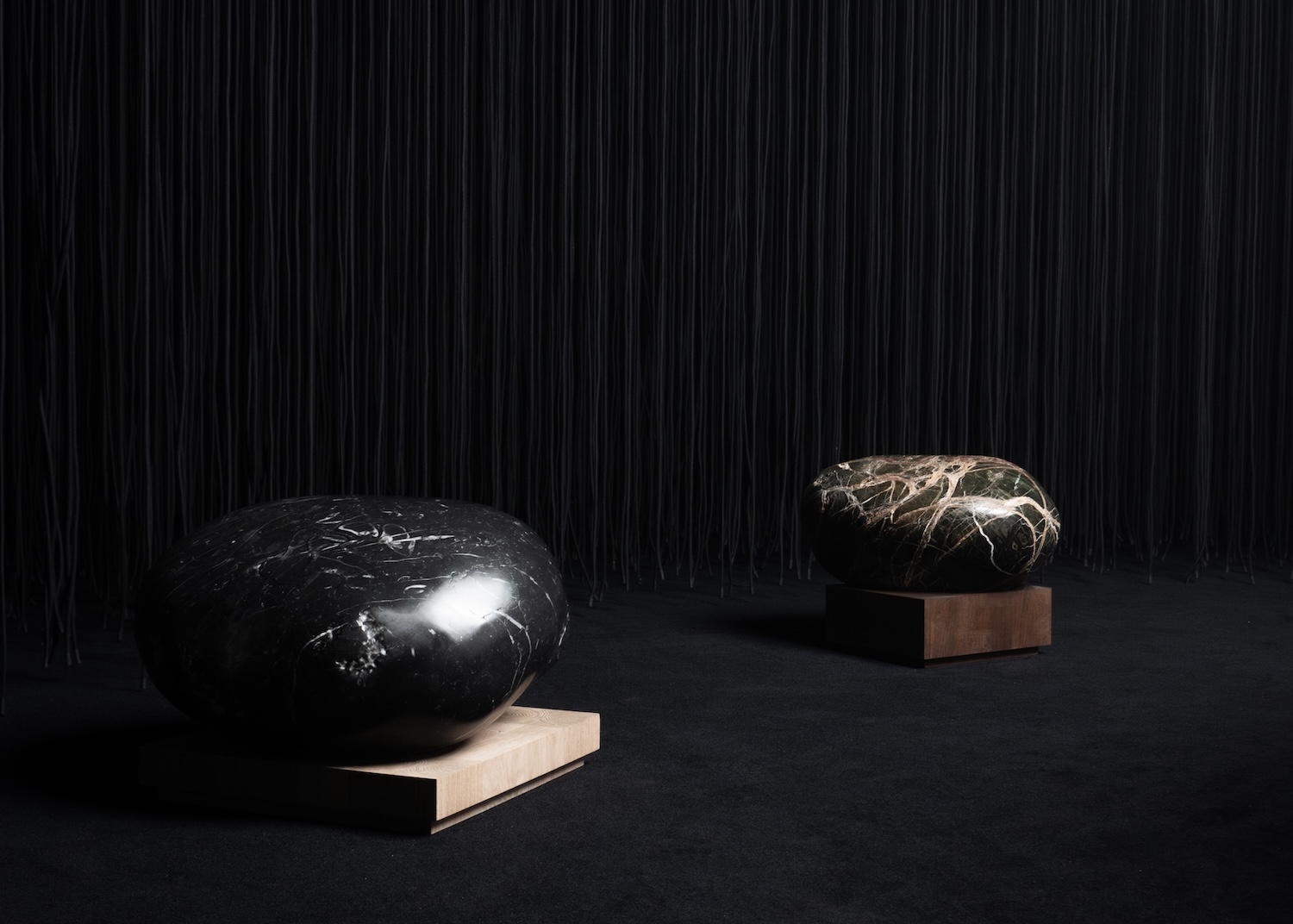
Two of the sculptural furniture pieces by Marc-Antoine Barrois. Photo: Courtesy of Marc-Antoine Barrois
The fragrance, named Aldebaran after the red star that burns 400 times brighter than the sun, is an elegant tuberose-forward perfume inspired by how the Provençal blossoms are exclusively harvested at night, when their olfactory powers reach a zenith. It’s debuting inside an immersive installation called “Mission Aldebaran” and designed by longtime collaborator Antoine Bouillot that transforms Milan’s historic Salone dei Tessuti into a sensory journey from darkness to light. Visitors navigate a mirrored cube and rope-filled forest to reach a glowing clearing filled with paper-crafted tuberose flowers—and a series of sculptural benches and stools that Barrois and Bouillot designed to mimic pebbles found on the beaches of Belle-Île-en-Mer. The essence of the fragrance—and references to its namesake star’s status as a luminous symbol of hope and optimism—will be felt deeply throughout.
Ahead of the installation’s official opening, Galerie caught up with Barrois and Bouillot in an interview that has been edited and condensed for clarity.
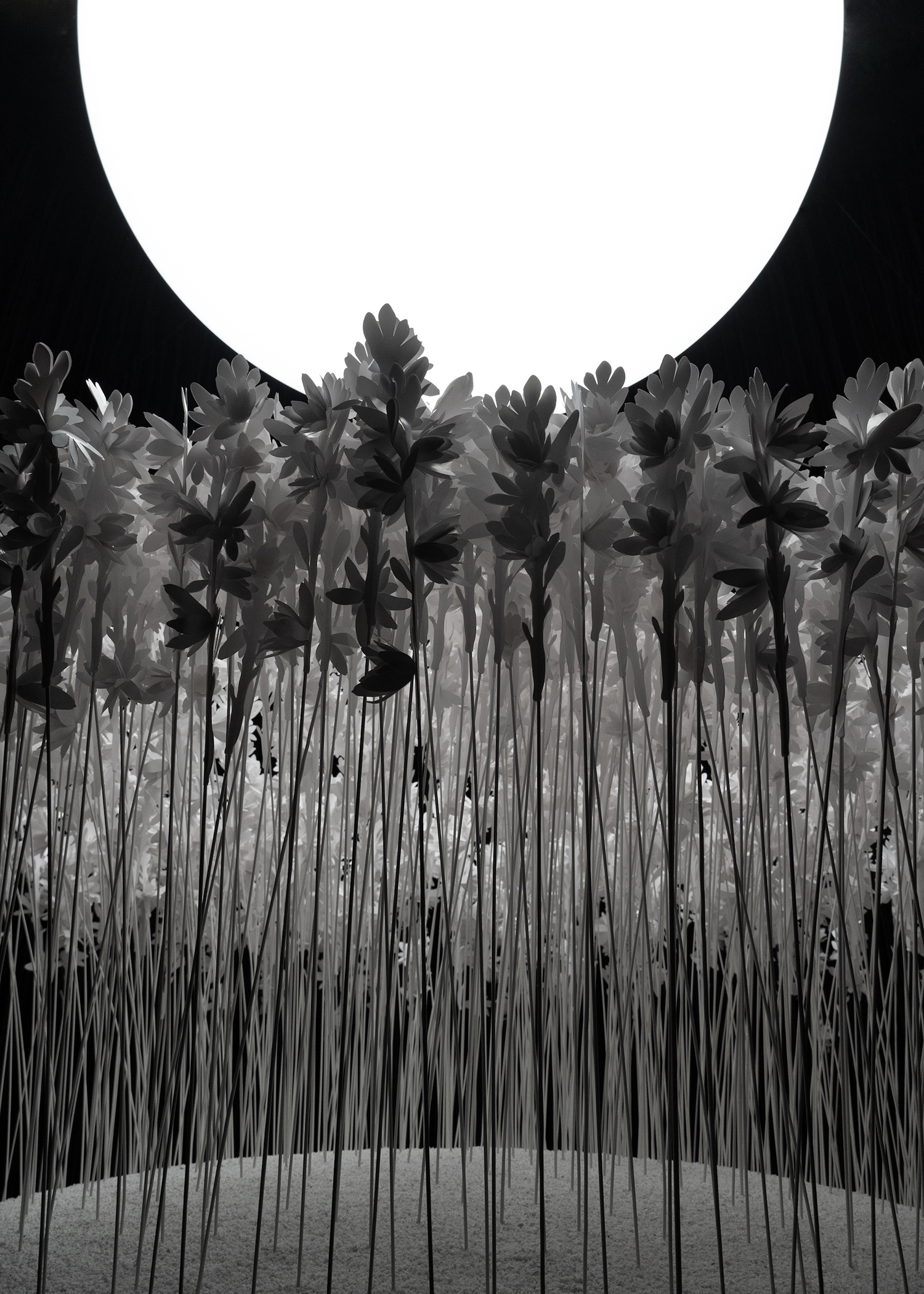
“Mission Aldebaran” by Marc-Antoine Barrois and Antoine Bouillot. Photo: Courtesy of Marc-Antoine Barrois
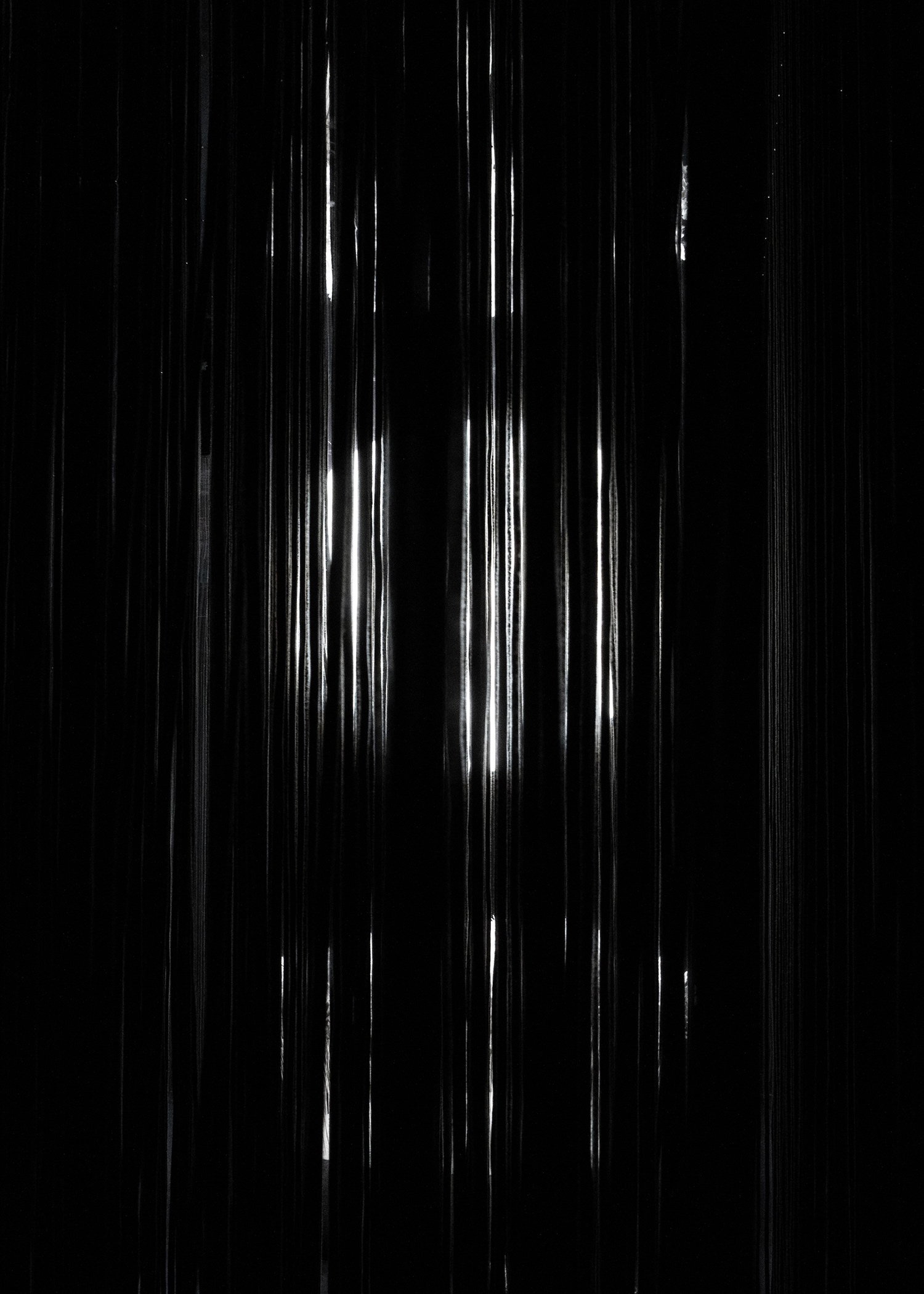
“Mission Aldebaran” by Marc-Antoine Barrois and Antoine Bouillot. Photo: Courtesy of Marc-Antoine Barrois
From haute couture to fragrance and now collectible design, what drives your expansion into new creative disciplines, and why was furniture the next step?
MAB: As a kid, I dreamt of myself as a couturier; haute couture was a holy grail. I never thought it would come so fast. I was the head of my own maison at 26. Fourteen years later, I’m blessed to create everything I want—it just needs to make sense to me, who I am, and what I believe in. In a fast-paced world driven by figures and efficiency, I stand by my authenticity, poetry, and art.
The stools and benches feature sculptural stones inspired by the beaches of Belle-Île. What drew you to these forms, and how do they shape the experience of the furniture?
MAB: They’re extra-large reproductions of stones we collected on a beach of Belle-Île-en-Mer where I live, but the idea was to let my inner child think of where I want to sit in nature. At no point did I think of sitting on something moss-covered and concave, but rather on a very clean, sensual convex rock cross-legged. Nature is my world; I love my garden and escape as often as I can on the coastal path beside my home or in the mountains during summer. Man has never created something better than nature and organic forms have always fascinated me.
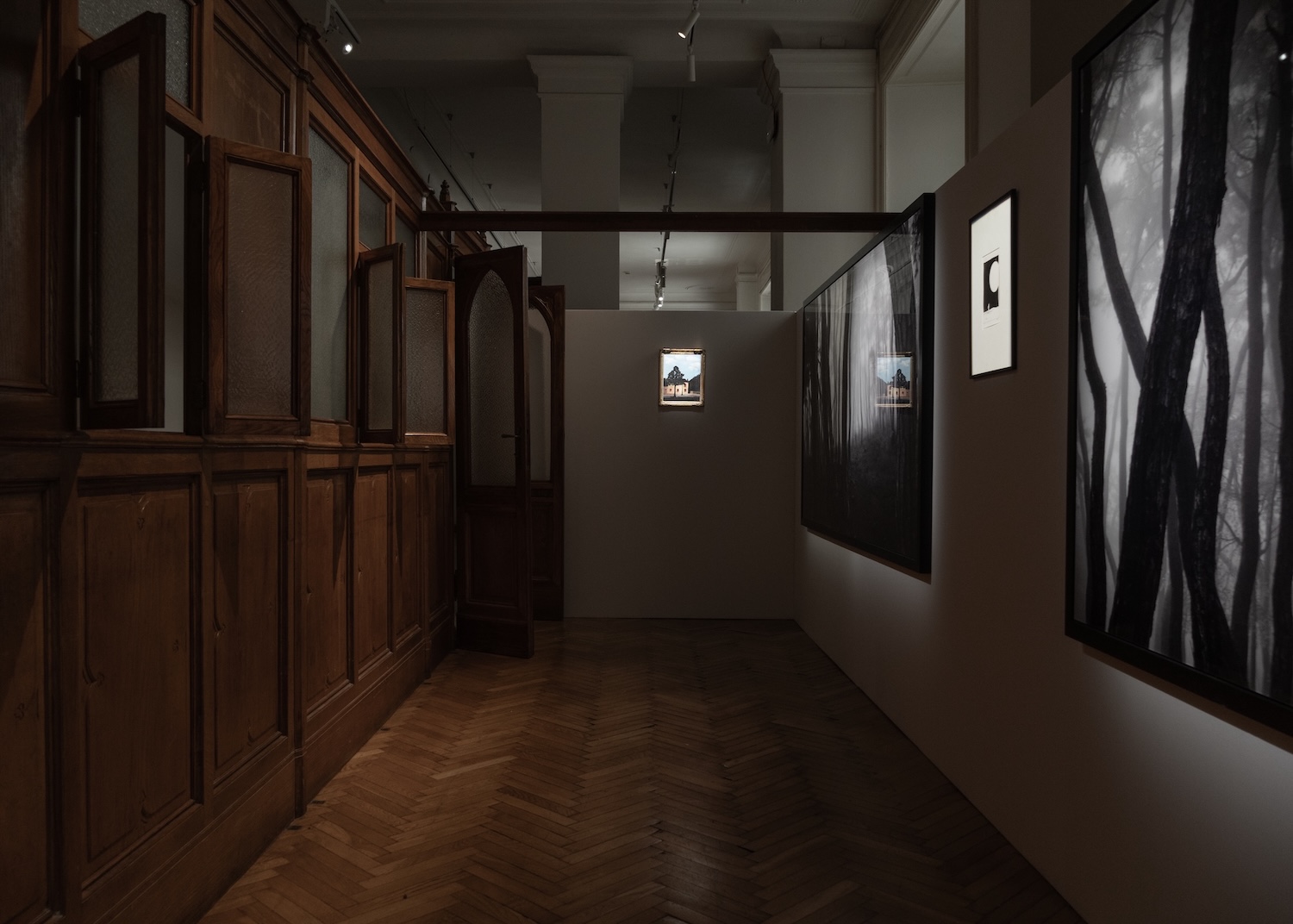
Photography and a painting by a teenaged Marc-Antoine Barrois that inspired the installation. Photo: Courtesy of Marc-Antoine Barrois
Antoine, Mission Aldebaran brings together furniture, scent, immersive art, philosophy, and astrophysics. How did you approach devising a space that unites these disciplines?
AB: The beauty lies in blending those elements. We always create with a broader perspective, striving to add meaning to everything. We carefully narrated the story of experiencing the perfume—what it tells us, how it makes us feel, and how it connects us to others.
Every aspect of the project is connected. The scent has a strong presence of tuberose, a flower that blooms intensely at night, and Aldebaran is one of the galaxy’s brightest stars. These two elements guided the experience. To deepen its meaning, we collaborated with experts in their respective fields. Working with an astrophysicist, who explained, demonstrated, and calculated the Aldebaran star’s light pulses and colors offered valuable insights. We realized this clearing’s field of white flowers was a meditative space and offered a place to recharge, so we wanted to incorporate seating. What better way than by looking through the eyes of children, who instinctively want to sit in a forest? These reflections and discussions shaped every element.
Mission Aldebaran transforms Salone dei Tessuti into a path from darkness to light. How did you translate this abstract idea into a physical experience, and what emotions do you hope this sensory journey will evoke?
AB: We searched extensively for locations that resonated. Salone dei Tessuti is a 1930s palazzo and former fabric showroom with a genuine Milanese feel. It echoed Marc-Antoine’s beginnings in couture and his grandparents, who were textile manufacturers in the North of France. We also wanted to create an experience that doesn’t show everything right away. We covered the space in mirrors, which have the magical effect of making it completely invisible when you step in while altering the perspective of the original architecture.
Entering this invisible box is journeying into darkness. We created a forest with 87 miles of suspended black ropes. The walls and ceiling are mirrored, making the ropes appear endless. Your body reacts to their touch as you move through, forcing you to push them aside and find your way without guidance. Most striking is the absence of light. Gradually, light will begin to appear—first faint and distant, then slowly growing larger, wider, and more luminous as you move ahead, symbolizing home. Suddenly, you step into the light, entering a peaceful clearing with a field of handmade white tuberoses. A luminous star hovers above, pulsating gently. Surrounding are individual seats and a bench made of marble and wood, creating a serene, meditative space within this beautiful forest. Thomas Roussel’s music amplifies the effect.

Detail view of one of the furniture pieces. Photo: Courtesy of Marc-Antoine Barrois
What role does nature play in your design language, and why was it important for this project?
AB: Nature is the essence of the entire project. Nature speaks to us deeply in all our creations with Marc-Antoine. The challenge was recreating this strong connection to nature through design. How could we convey our emotions into something designed while telling our story?
Though the forest is very minimal and pure, the seating is inspired by natural elements. We chose the perfect pebble from the beach—something every child has experienced at least once—and scanned it in high definition to capture the curves, texture, and precise details. The joy of seeing our pebble enlarged to giant proportions was indescribable and carving it into rare marbles selected from enormous blocks in Italy was extraordinary.
A giant block of marble is already magnificent, but nature reveals itself when you discover the carved pebble cut from inside the block, showing the beautiful veins, markings, and impressive lines invisible from outside the block. Nature worked with us, and we cherished every second.
Both scent and furniture can be deeply tied to memory and emotion. Marc-Antoine, how do you see these connections playing out in your first design collection?
MAB: Emotions are everything in my life. As a child, one is taught to learn to overcome them. Instead, I learnt to understand them, to cherish and follow them. I don’t hide my emotions. I remind people when they ask me why the phrase “exceptional, sincere, and respectful products” is written in my stores! Sincerity is an emotional ingredient that holds everything together.

The new Aldebaran fragrance by Marc-Antoine Barrois. Photo: Courtesy of Marc-Antoine Barrois
What was the most challenging part of bringing this installation to life?
AB: The technical part is more challenging than the creative phase as we work to bring our feelings into reality. How do we evoke the intense feeling of darkness in a forest? How do we build a structure strong enough to support the weight of all the mirrors and ropes in a historic building? How do we convey the heartbeat of the Aldebaran star through light on our planet? These were questions we had to answer to make this come to life. But to be completely honest, from the initial ideas, the drawings, and the technical details through to the final installation, everything flowed so seamlessly that the entire process felt smooth, unifying, and even magical.
Now that you’ve officially entered the design sphere, do you see yourself continuing in this space? What design disciplines are you most interested in at the moment, and what’s next for you beyond Milan Design Week?
MAB: I should remain humble and answer “one thing at a time.” Nevertheless, I know I won’t stop here and have plans to make more art, installations, and objects.
“Mission Aldebaran” will be on view at Salone dei Tessuti (Via S. Gregorio, 29) from April 8–13. After the installation closes, the furniture will be available for purchase at Marc-Antoine Barrois flagships in Paris and London and through StudioTwentySeven in New York City and Miami.

